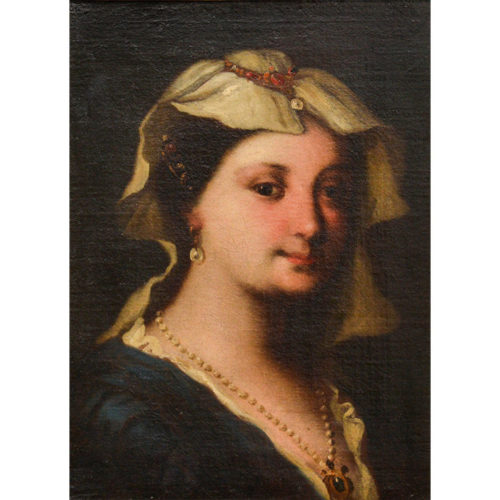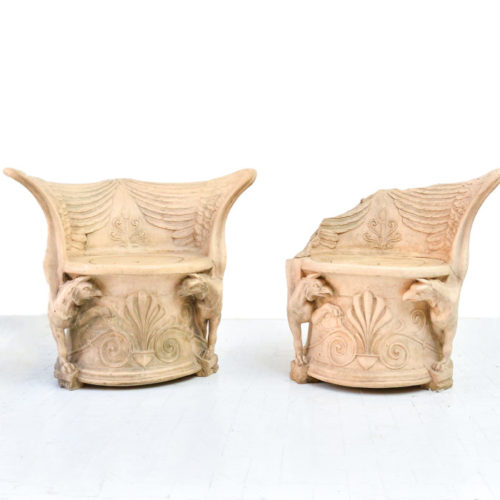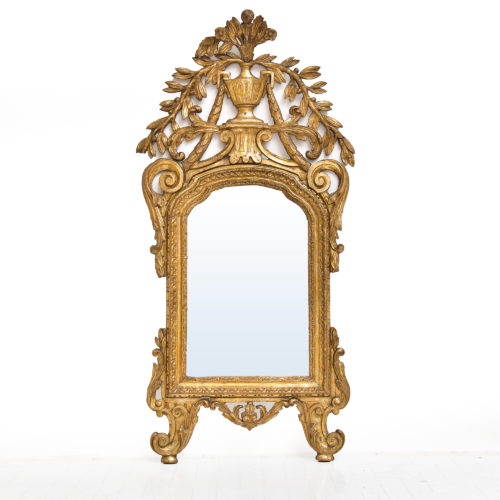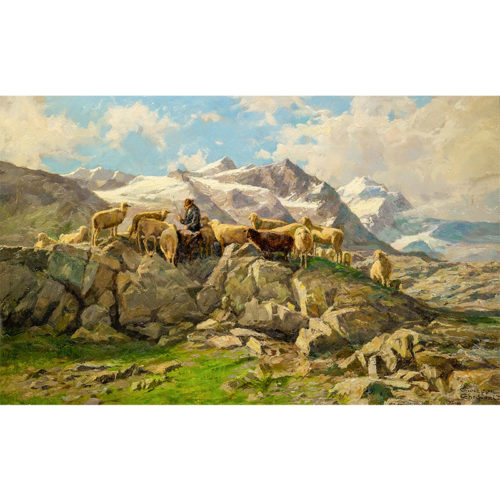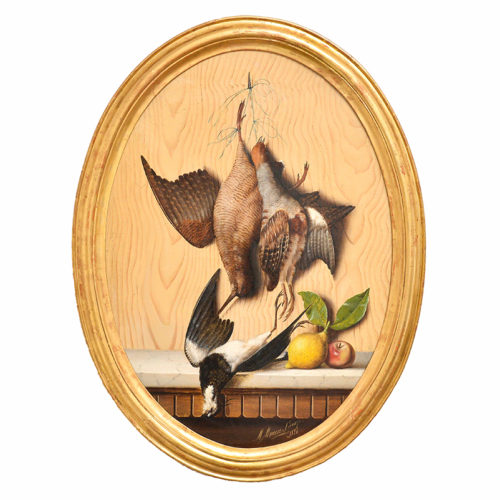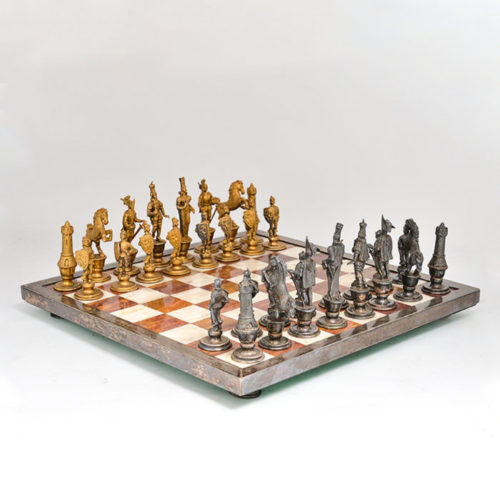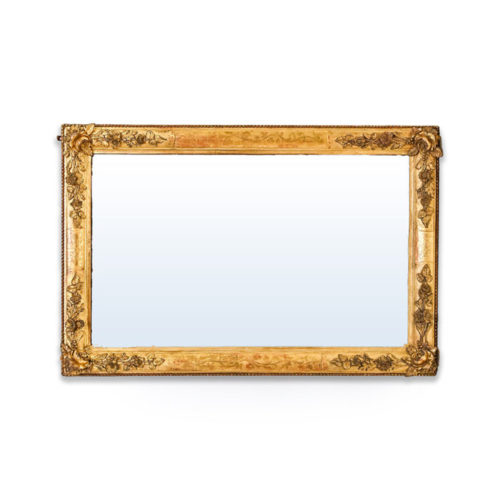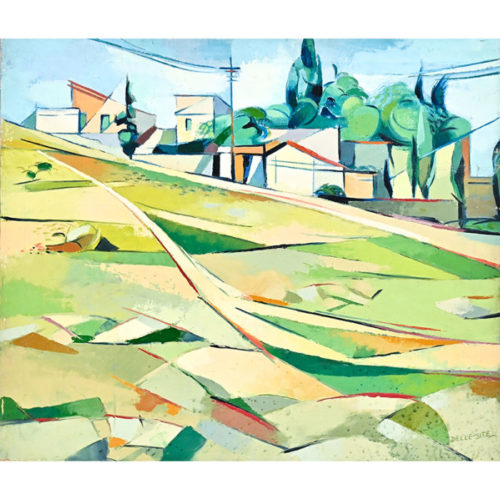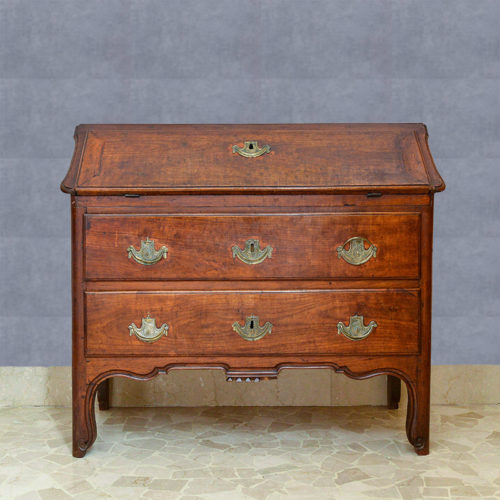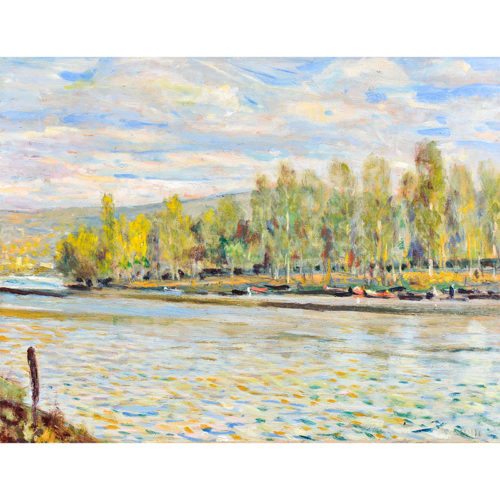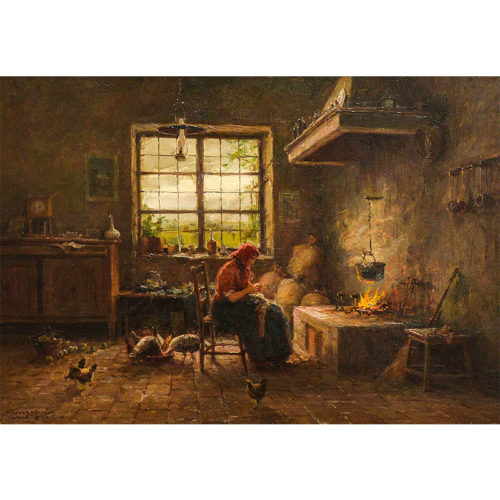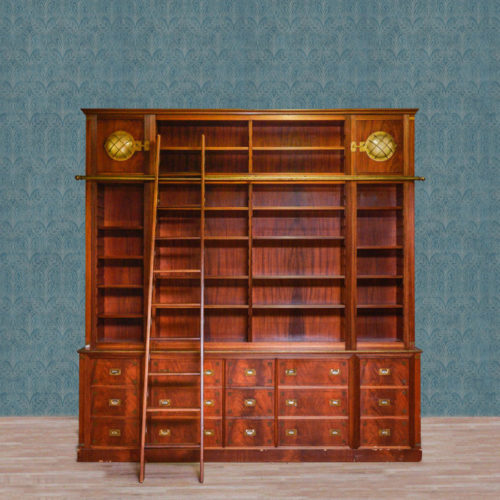"This Arno with slow waters" - Oil on panel by Galileo Chini, signed on the lower right, bears the dedication on the back to his friend Giuseppe Orsi and the date 14 September 1943.
CHINI GALILEO. Born on December 2, 1873 in Florence, died on August 23, 1956, then blind. As a boy he was a simple painter; at twenty he decided to study the ancient and modern masters. In 1899 with some friends he created "The Art of Ceramics", managing to give this feat a new physiognomy to Italian majolica. He has participated in numerous and important exhibitions in Paris, Leningrad, Barcelona, Saint-Louis, Brussels and in Italian exhibitions, including the Venice Biennials from IV to XVII. Among the various decoration works, those of the buildings of the Cassa di Risparmio of Pistoia, Arezzo and Florence, as well as those of the Throne Palace in Bangkok (Siam), and among the easel works: Quiete; The triumph; The Baptist; Icarus; The game and the fat tempera painting depicting The Last Supper, in which it reaffirms its qualities as a strong symbolist decorator of daring conceptions and a lovable coloring, which achieves remarkable effects with simplicity of means and with natural spontaneity. In 1932 he held a personal exhibition in Milan, at the Pesaro Gallery, with still life paintings, flowers, figures and Parisian landscapes or on the banks of the Arno. He was a teacher of decoration at the Academy of Florence.
